Old Garden Roses
While weeding in the garden, I’ve wondered why we are drawn to certain plants. My guess is it’s pleasant to remember the gardens from our childhoods. I prefer iris, peonies and roses because that’s what my dad grew. Imagine leaving everything behind forever to start a homestead in a new land, either today or centuries earlier. Malaysia was home to my husband, who appreciates the hardy banana in our garden. Plants give us connections to our “roots”.
The Rose Bed. In the Heritage Garden, we have focused on roses which would have been brought by early pioneers to Seattle well over 120 years ago. These roses are called Old Garden Roses (OGRs). They are the roses known prior to 1867, the date of the first hybrid rose. OGRs are divided into many classes. You’ll find eight different roses, with signage noting classification and dates in our bed.
We think of hybrid roses as fussy in Sammamish – needing water, fertilizer and even with extra care, we end up with unhealthy black spotted leaves. You might try Old Garden Roses instead. In general they are more fragrant, disease resistant, drought tolerant and, most importantly, often more deer resistant. In abandoned cemeteries along the Oregon Trail, there are still stands of OGRs, able to survive without human hands.
Two of our roses originated from the Alexander House on the banks of Lake Sammamish from over 100 years ago. These two roses were propagated by Ilse Burch and donated by the Sammamish Heritage Society, which bookend the rose bed. This pink multi-petaled rose is tentatively identified as a Damask rose: Damask perpetual 'Sidonie'.
From the Olmstead Gardens in Ellensburg, we have a yellow bloomer called the Harison’s Yellow, or the Oregon Trail rose, which was most likely brought by wagon train and grown from rose slips (a soft wood cutting) or rose hips (the rounded fruit of the rose which contains rose seeds). The Olmstead Garden also donated our ‘White Pet’ Polyantha rose.
A new-to-me rose in the Heritage Garden is the Moss Rose which is easy to identify by the mossy looking growth on the sepals and stems. Ours is ‘Capitaine John Ingram’ from 1862, obtained from Rose Lee of Rosebriar Garden and Design.
Companion Planting. Our aim in the garden is to demonstrate methods which keep harm at bay without modern intervention. Many annuals help to decrease the presence of insects and furry pests, while providing nutrition and cooling the soil. OGRs usually have a one season flush rather than the continual blooms of hybrids. To add interest to the garden, we have planted nasturtiums in the rose bed which attract some pests (aphids) and also the beneficial insects. Companion planting was used extensively by indigenous populations, also demonstrated with the three sisters grouping in the Children’s Garden: corn, beans and squash.
Medicine. In addition to bringing memories of home, roses also served a medicinal purpose in the household. The rose hips are harvested for tonics, rich in Vitamin C. We have a rose in our medicinal herb bed called the Apothecary’s Rose (Rosa gallica var. officinalis) which has served this purpose for centuries, originating in the Middle East. It was used for tonics, teas, jellies and fragrant oil.
Come to visit the garden to see all the roses. We have gained knowledge from Heritage Roses Northwest, the above-mentioned gardeners and from member research. Although these roses usually bloom once in late spring, their benefits may make them the favorite rose in your “homestead”.
